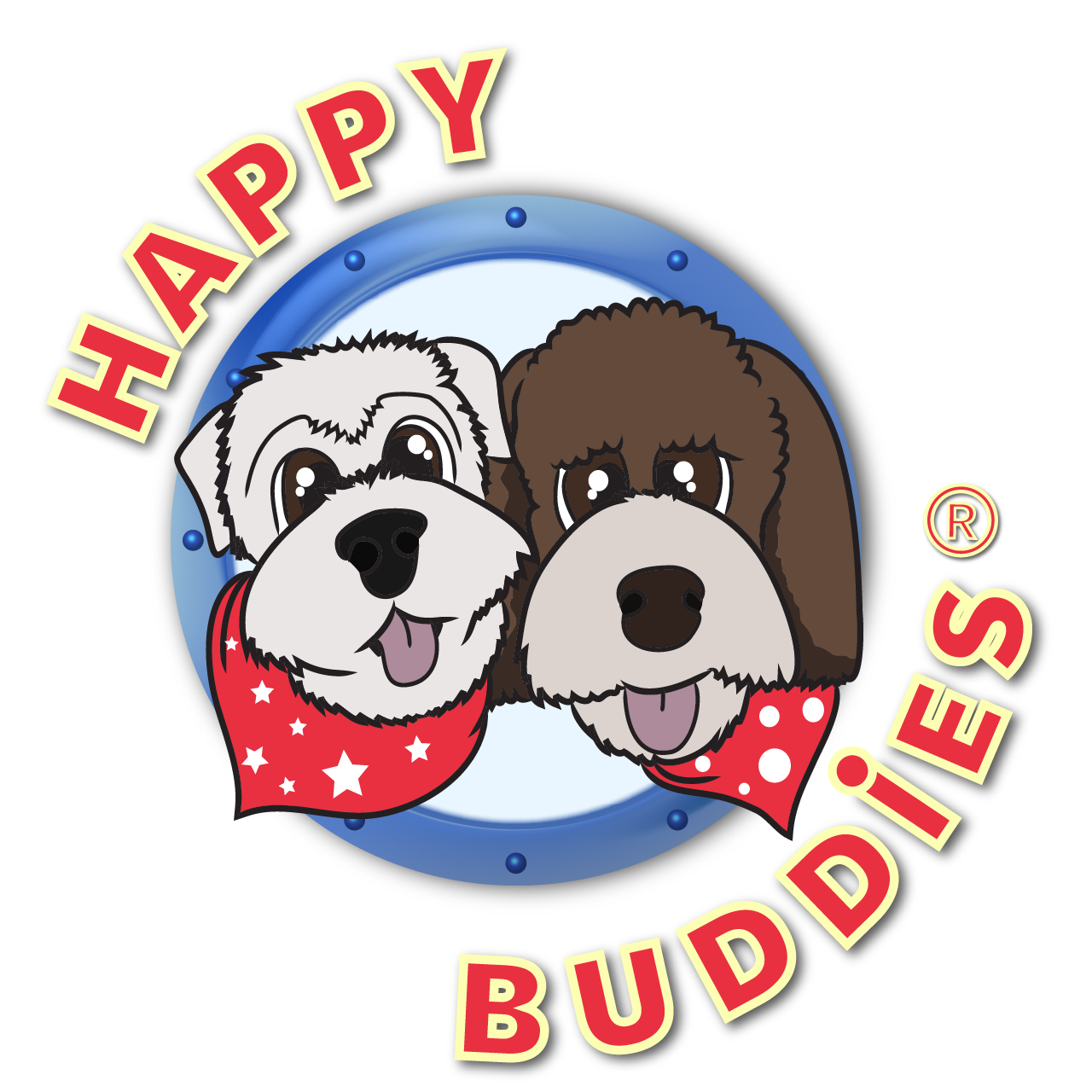What Is and Isn’t Appropriate Dog Play?
While out on one of my group dog walks the other day, I took this lovely video of Meeple (the Cockapoo) and Obi (the Shih Tzu) playing. It is such a lovely example of what appropriate dog play should look like that it prompted me to write this blog.
There are many signals being used by both Meeple and Obi to show each other that they are having fun and enjoying the play. These are called meta-signals. They include play bows (front elbows down and bottom in the air), bouncy movements, having relaxed, partly open mouths, curling and turning their bottoms into each other and lying down or stopping to pause play for brief moments.
When dogs are 'playing' we need to watch their body language in order to truly see how a dog is feeling about that 'play' and to ensure that both dogs are enjoying the interaction.
In appropriate dog play, you will see the following signs and signals:
✓ Relaxed and loose posture with bouncy movements
✓ Play bows
✓ Turning their bottoms into each other
✓ Role reversal (i.e. one dog chases the other, then they swap or one dog is on top of the other for a short time and then they change so the other dog is on top)
✓ Fair wrestling
✓ Racing around (but in a reciprocated way)
✓ Mutual pausing in play
✓ Self-handicapping (demonstrating that they know how to adjust their ability, size and strength to meet the needs of their playmate)
✓ Inhibited biting and mouthing
✓ Cocalising (some dogs will play silently whilst others can be very vocal when playing and this can include barking, growling, yelping and yipping. These are all perfectly fine if both dogs are still demonstrating other appropriate play signals but if arousal levels escalate then these signals may start to mean that play needs to calm down or stop)
✓ Shake-off's (this usually happens when arousal levels have got too high and is a signal to the other dog that play needs to calm down or that they'd rather it stop)
How many of the above can you see in the play session that Meeple and Obi are having? (I have muted the sound purely because my voice is distracting to viewing but Meeping is a very vocal player and Obi is mostly silent but offers little barks of enjoyment every now and then).
So, now that we know what signs to look for that signal both parties are having fun and enjoying the interaction, we need to know what signs indicate inappropriate dog play. These include:
✘ If either dog is running away or trying to escape or hide from the other dog
✘ Continued or excessive yelping
✘ Barking in the face of another dog
✘ Escalating growling
✘ Barring of teeth
✘ Hard staring
✘ Stiff bodies or tense body language
✘ Pinning down (where a dog stands over another dog for a prolonged time)
✘ Continued mouthing, nipping, biting or holding
✘ Standing or leaning over the head, neck and/or shoulders of the other dog
✘ Standing up on hind legs for too long (this can be a sign the dog is trying to keep the other dog at bay)
✘ When a cornered dog starts air snapping
✘ When large dogs don't self handicap and play too rough with little dogs leaving them feeling overwhelmed or even cause injury
✘ Escalated arousal levels
✘ Body slamming
✘ Continued or relentless chasing with no role reversal
Remember dogs should not be allowed to just 'work it out between themselves'. As dog guardians, we must monitor their interactions and intervene if we feel it is necessary so that your dog and the those they are playing with stay safe and only learn appropriate play behaviour. It is one of my pet (no pun intended) hates when a person’s dog is harassing my dogs (one of which has arthritis and doesn’t want to play) and they say “oh don’t worry if your dog tells him off, he needs to learn”. Well, yes, their dog does need to learn but that their responsibility as the guardian of that dog! It is not the responsibility of my dog to teach your dog and get to such a stressed state that he feels he has no option but to react – this is how dogs can learn to become reactive!
This is especially important with puppies as it's up to us to help them learn appropriate play behaviours and that means stepping in and stopping play if we see any of the inappropriate points above during puppy play interactions.
It is worth mentioning however, that rough play doesn't necessarily mean that you have an aggressive dog but just bear in mind that the way they play, could result in an aggressive interaction. Therefore, always look for reciprocated, fair and even play and intervene if that play is appearing to be one-sided or where any party is looking more over aroused than the other.
